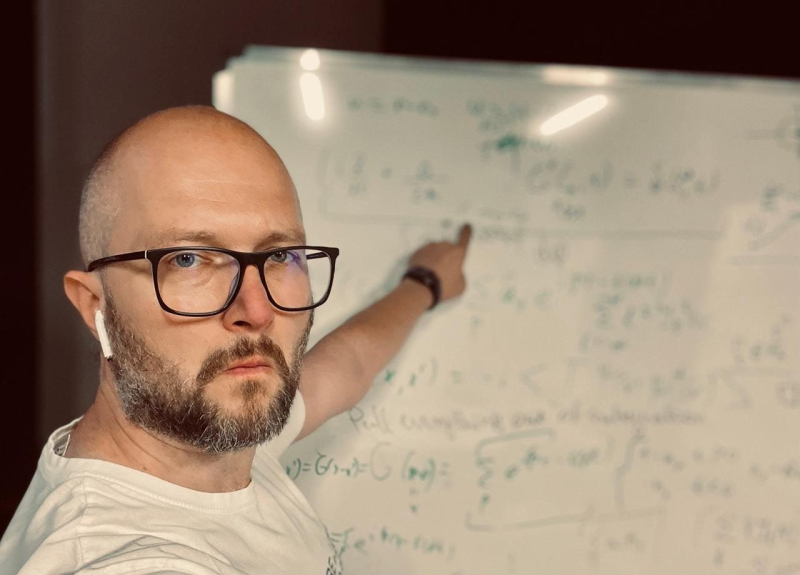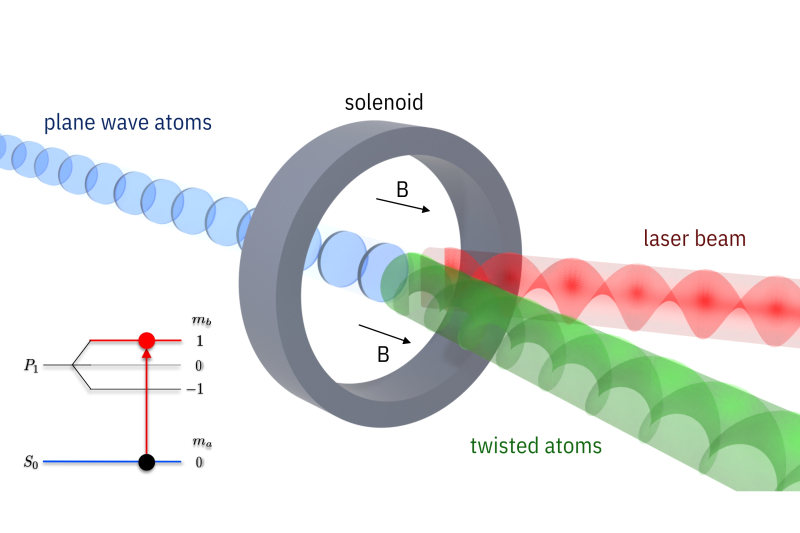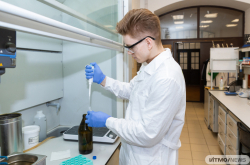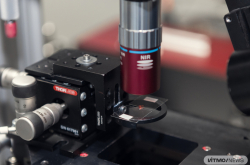Unlike that of ordinary atoms, the wavefront of twisted atoms resembles a meat grinder screw or corkscrew helix, which makes them a promising means of analysis of material structure in electron microscopy and data transmission.
Typically, the “twist” is achieved via custom diffraction gratings through which researchers run a stream of particles. The problem is, though, that the higher the particle energy is, the smaller the grating should be. Therefore, the method grows difficult to implement on modern-day particle and ion accelerators.
To that end, researchers from ITMO University suggested a brand-new method that can make the process easier and faster. As a starting point, the team calculated how the wave function of a photon, i.e. its twisted structure, interacts with an electron in a hydrogen-like atom. The experiment showed that an atom gains the twisted state of a photon when the latter is absorbed.
“Given that the quantum state of light is a form of data, it should be preserved loss-free in case of any light-system interaction. We found that if this information cannot be transferred to an electron directly, practically all data stored in a photon goes to the center of an atom’s mass. Our finding may cast some light on how different conservation laws work for structured light; for instance, how the quantum state of light transforms when an electron absorbs a photon in a trapped atom or how a twisted state transfers from a photon to an electron when leaving the matter,” says Stanislav Baturin, an author of the paper and a senior researcher at the Faculty of Physics.

Stanislav Baturin. Photo courtesy of the subject
The team intends to test their theory in practice via particle accelerators or special spectroscopy facilities. As the calculations demonstrated, some particles in a stream of atoms gain a twisted structure under the influence of a laser beam; the laser will require minimal modifications for the test.
The new approach allows for a quick and simple twisting of atoms for further study, as well as paves the way for a systematic description of composite twisted particles. In the future, the team wants to adapt the method to other twisted particles and complex objects, such as protons.

Schematic of the experiment. Photo by Stanislav Baturin





